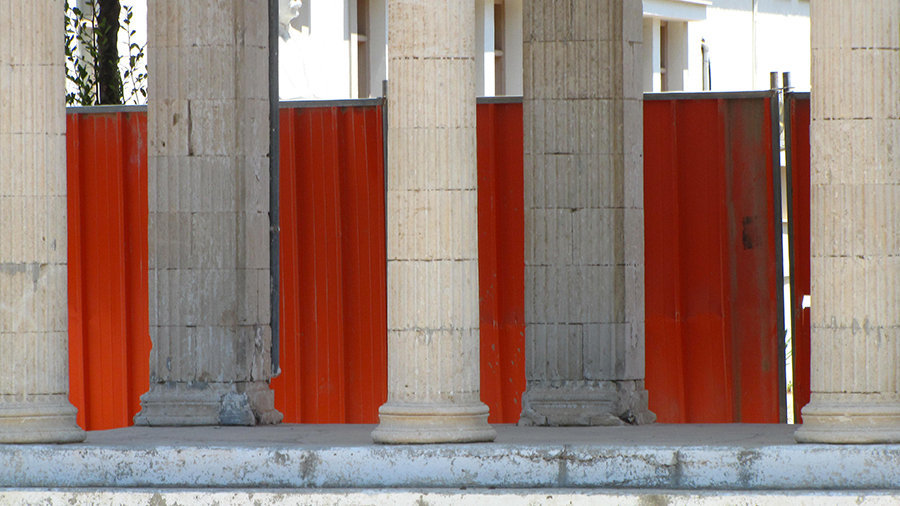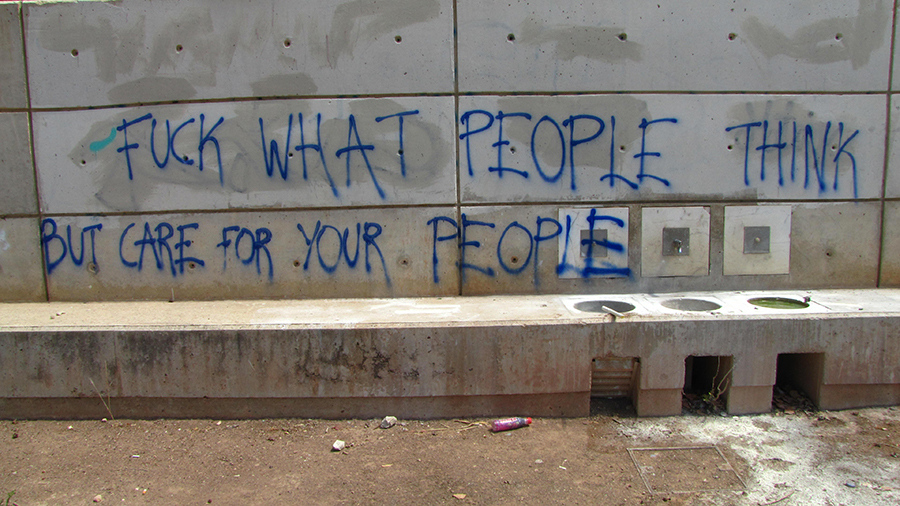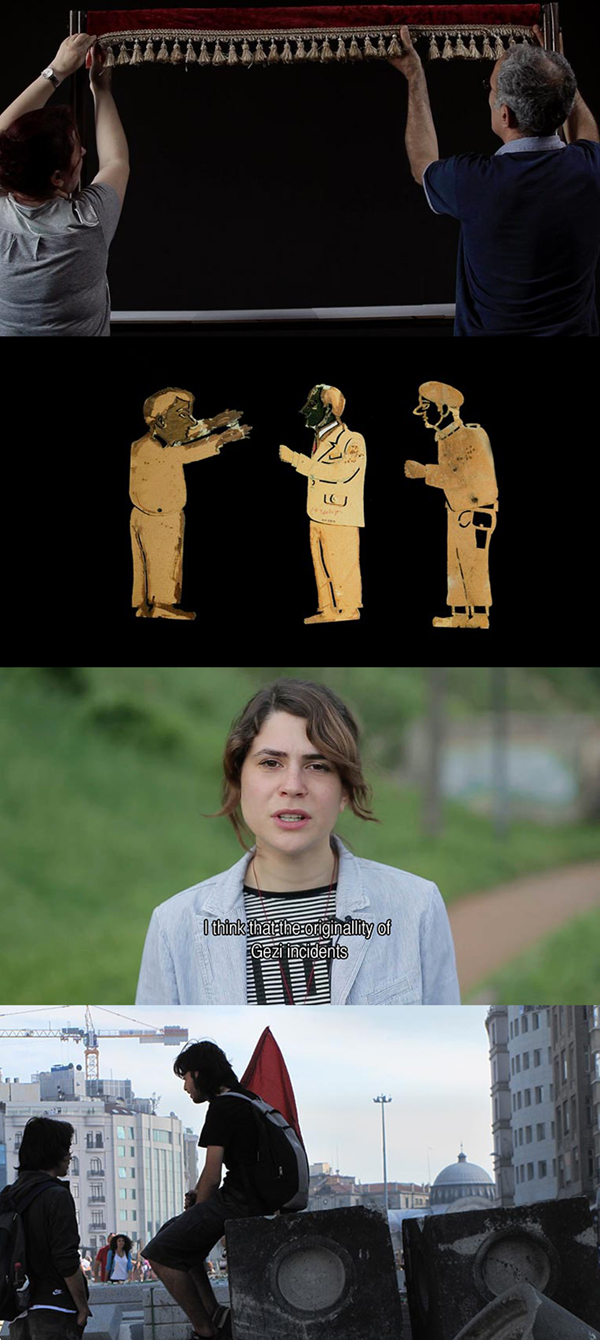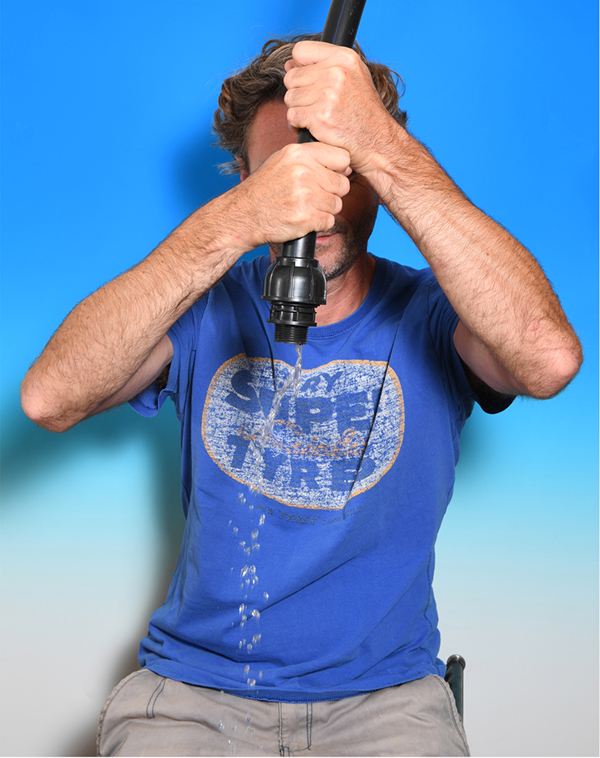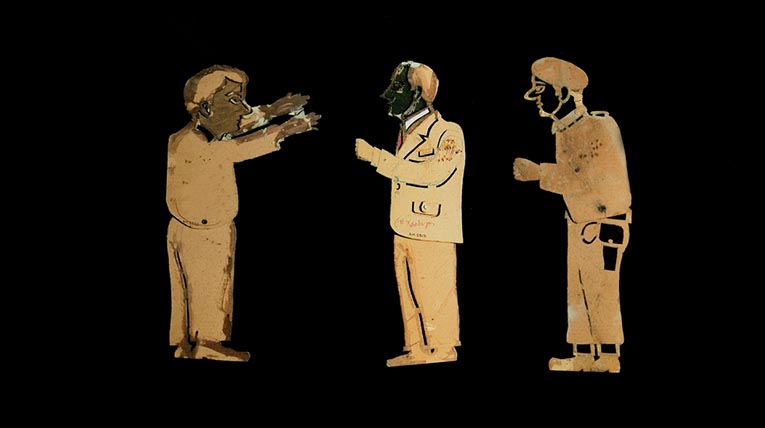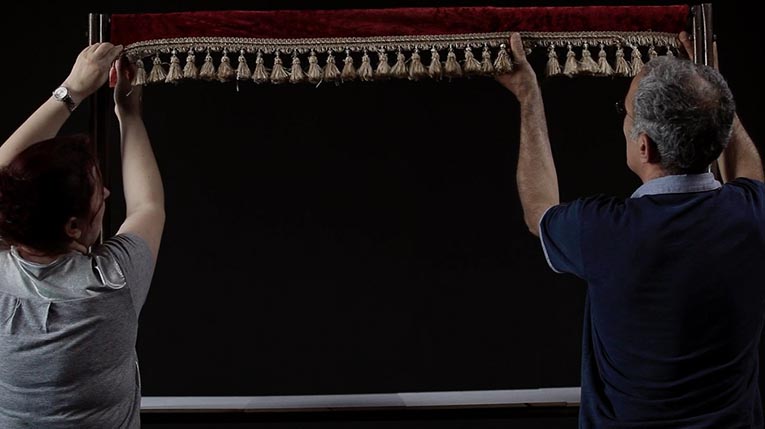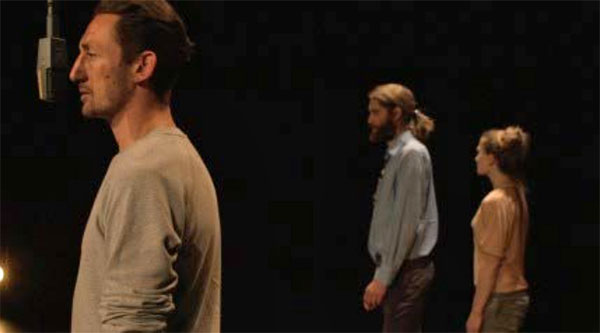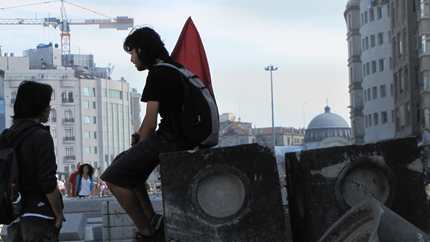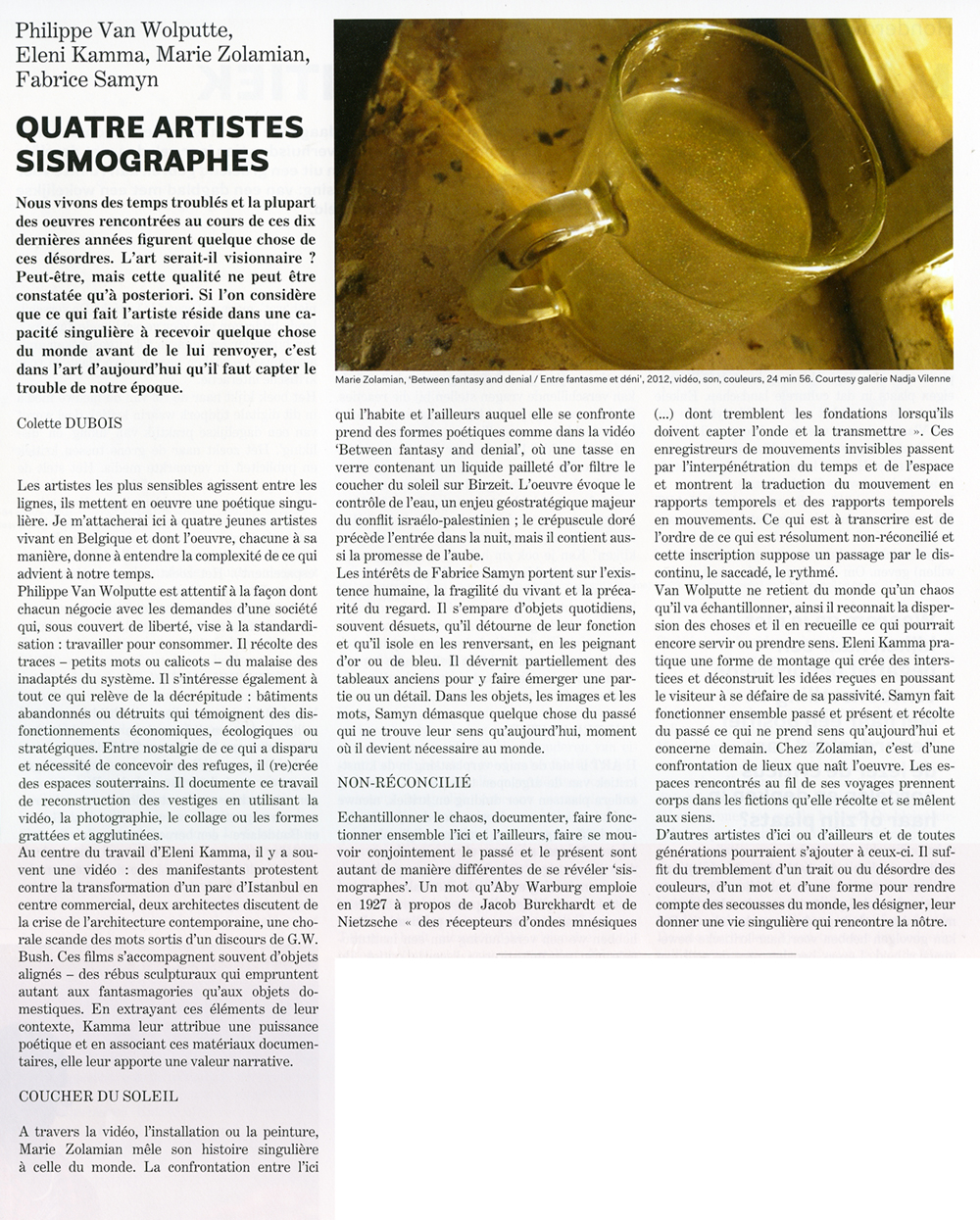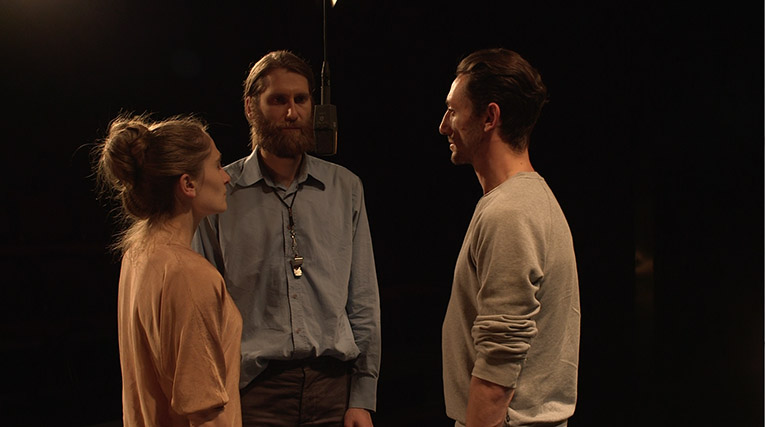ΠΑΡΟΙΚΕΩ issue N02, 2017
A journal, a discussion, a walk.
Research team: Eleana Alexandrou, Eleni Kamma, Elena Parpa, Evi Tselika
Journal with the participation of Dr Bonnie Honig
12 pages, off-set printing
42 x 29.7 cm, edition of 250
Eleni Kamma participe à l’exposition Πλάνητες [Plánetes] qui inaugure le programme d’exposition de Paphos 2017 (Chypre), l’une des capitales de la culture européenne 2017.
Under the thematic strand Travellers of the World and in the context of the inaugural events programme organized for the opening of Open Air Factory, the Cultural Capital of Europe Pafos2017 presents the group art exhibition Πλάνητες [Plánetes] curated by Elena Parpa. The exhibition is hosted in two venues, at the Old Powerhouse and at the Shelley Street Residence, proposing an alternative route in navigating through the space of the city.
With etymological origins in the word πλάνης (plánis), πλάνητες (pronounced plánetes) in Greek means “wanderers”, itinerants in constant move who never give up their right to come and go at will. In its literal sense, therefore, the word may refer to the old figure of the drifter and the vagabond, the gypsy and the nomad. As observed, however, by French anthropologist Michel Agier, the present moment of refugee crisis and forced migration draws attention to a different aspect of the experience of wandering. For Agier, the wanderers of today are the stateless, the refugees and the displaced living under precarious conditions in liminal zones. Having experienced war and violence, they flee home for a safer future, only to experience rejection and wandering as a permanent condition trapped between borders and makeshift encampments.
Responding to such observations, the exhibition negotiates the notion of the contemporary pláneta without compromising the word’s cosmic connotations or divergence to other interpretations. Πλανήτες (pronounced planétes) in its most widespread use in the Greek language denotes celestial bodies in orbit in a constantly expanding network of parallel universes, where Earth and its assumed fate as the only living planet in the cosmos, instigates questions relating to the mystery of existence. Is it possible to continue the discussion on the fate of humankind with an eye on our position as inhabitants of a wandering planet in cosmic abyss?
The exhibition seeks to retain this double vantage point – of the world from the Earth and of the world from outer space – in the hope of a more creative, wider and critical perspective of the present. It does so in connection with the history of Pafos and in close rapport with the group of twenty-three participating artists and groups. Working in a range of media including photography, film and video, painting, installation and text, these artists negotiate the notion through different perspectives giving rise to the various manifestations of the contemporary πλάνητα – as migrant, refugee, traveller, gypsy, outsider or even as a mutative architectural structure and object that comes to us from distant times.
The exhibition is accompanied by a parallel events programme and a catalogue with the participation of Esra Plumer Bardak, Michelangelo Corsaro, Peter Eramian, Alkis Hadjiandreou, Henriette Huldisch, Gabriel Koureas, Chrystalleni Loizidou, Alexandra Manglis, Christodoulos Panayiotou, Maria Petrides, Kiriakos Spirou, Elena Stylianou, Evanthia Tselika and Evagoras Vanezis.
Participating Artists
Andreas Angelidakis, Rosa Barba, Inal Bilsel, Andrea Bruno, Banu Cennetoğlu, Savvas Christodoulides, Marianna Christofides, Marianna Constanti, Elizabeth Hoak-Doering, Haris Epaminonda, Ben Evans and Alkis Hadjiandreou, Eleni Kamma, Lito Kattou, Nurtane Karagil, Lefteris Olympios, Christodoulos Panayiotou, Yorgos Petrou, Re Aphrodite, Efi Savvides, Socratis Socratous, Lefteris Tapas, Marina Xenofontos, Natalie Yiaxi
[sociallinkz]
